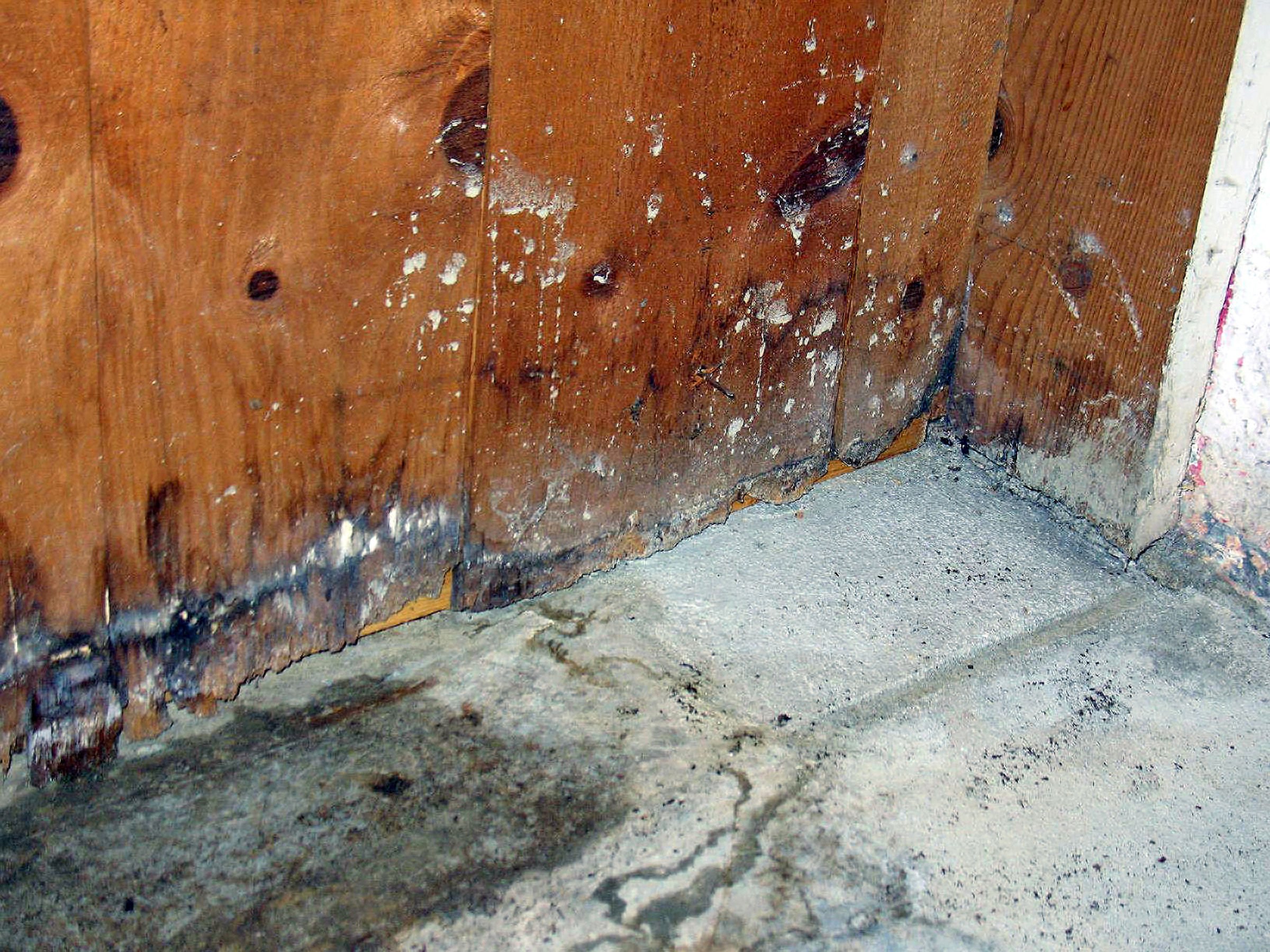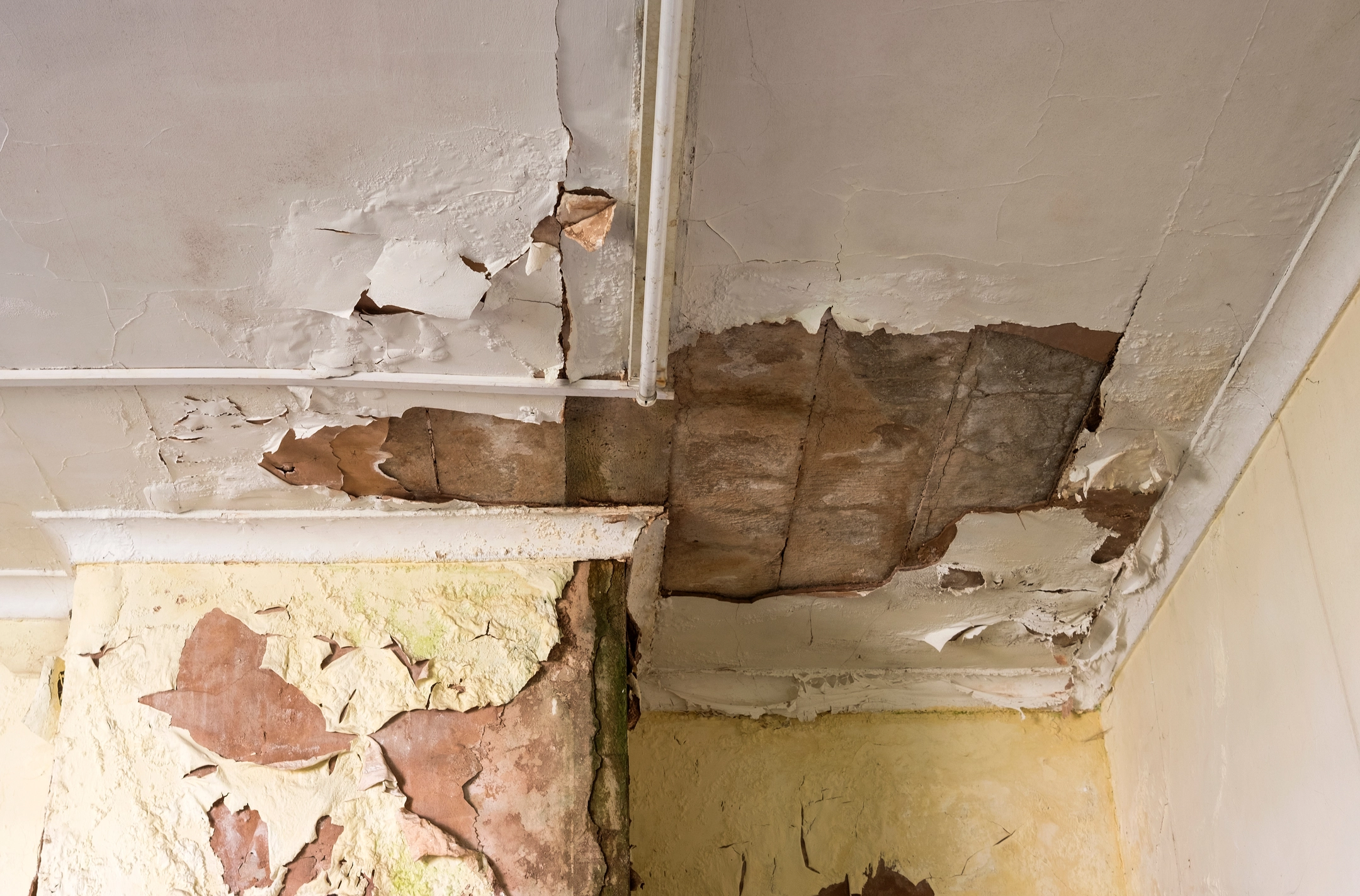Experienced Water Mitigation Company Offering Comprehensive Water Damage Solutions
Experienced Water Mitigation Company Offering Comprehensive Water Damage Solutions
Blog Article
The Process of Water Damages Cleanup: Guaranteeing Your Home Is Restored Properly
Water damage can be a complicated challenge for home owners, requiring a structured and precise clean-up procedure to restore safety and security and performance. Originally, a detailed evaluation is crucial to recognize the extent of the damages and identify the proper removal measures. Following this, effective water extraction methods play a crucial role in reducing further harm. The nuances of drying, sanitizing, and eventual remediation are similarly necessary and usually overlooked. Understanding these stages can make a considerable distinction in the end result of your home's restoration, triggering a closer consider what each step requires.
Analyzing the Damages
Upon uncovering water damages, the primary step is to completely analyze the level of the impact. This initial analysis is vital, as it aids establish the needed steps for reliable cleanup and remediation. Begin by inspecting the impacted locations, including wall surfaces, ceilings, floorings, and personal valuables, to recognize the resource of the water intrusion, whether from flooding, leaks, or condensation.
Documenting the damage is important for both insurance cases and preparing restoration efforts - damage restoration services. Use pictures and written notes to capture the seriousness of the damages, keeping in mind any afflicted structural elements and products. Pay special attention to locations that may not be promptly noticeable, such as behind wall surfaces and under carpetings, as hidden moisture can lead to more problems, consisting of mold development
In addition, assess the timeline of the water exposure. Eventually, an extensive evaluation lays the foundation for a successful water damage clean-up process, making sure that all affected locations are dealt with properly and extensively.
Water Extraction Techniques

Experts usually use submersible pumps for bigger volumes of water, which can quickly ease flooding in basements or various other impacted locations. For smaller sized amounts, wet/dry vacuums are often utilized to draw out residual wetness from carpetings and hard surfaces. Additionally, utilizing mobile extractors permits targeted elimination in constrained spaces or locations with fragile products.
In circumstances of infected water, such as sewage or floodwater, progressed extraction strategies may include making use of biohazard tools to make certain security and conformity with wellness policies. High-powered removal tools are critical in minimizing water retention in architectural products, which can bring about mold and mildew development and architectural deterioration if not attended to without delay.
Eventually, the performance of water extraction methods plays an essential role in the overall success of the water damage cleaning process, preparing for subsequent remediation efforts.
Drying and Dehumidification
As soon as standing water has actually been efficiently extracted, the next critical stage in the water damage clean-up process is drying out and dehumidification. This step is vital to protect against more damages and mold growth, which can take place within 24 to 2 days in moist settings.
To accomplish efficient drying, customized equipment such as industrial-grade air moving companies and dehumidifiers is employed. Air movers flow air across wet surfaces, boosting dissipation prices, while dehumidifiers reduce humidity degrees airborne, advertising a conducive setting for drying. The combination of these tools makes sure that wetness is extracted from home furnishings, floors, and wall surfaces, enabling them to completely dry thoroughly.
It is essential to check the drying procedure very closely. Specialists commonly make use of moisture meters to evaluate the wetness web content in various materials, making sure that all impacted locations reach appropriate dry skin degrees. This meticulous approach assists to avoid covert wetness pockets that might bring about architectural check it out damages or unhealthy mold development.

Cleansing and Sanitizing
After the drying out and dehumidification stage is total, the next essential action in water damage cleaning is cleaning up and sanitizing the impacted areas. This process is essential to stop the growth of mold and mildew, germs, and other virus that thrive in moist atmospheres.
The cleansing phase commonly involves removing any particles, dirt, and pollutants from surfaces making use of specialized cleansing representatives. look at here For difficult surfaces, a combination of soap and water or commercial cleansing items is often utilized. Soft materials, such as furniture and rugs, might need a lot more extensive cleansing techniques, consisting of heavy steam cleansing or deep extraction strategies, to make certain comprehensive cleanliness.

Disinfecting follows cleansing, using EPA-approved disinfectants to get rid of harmful microbes. This action is necessary, specifically in areas that may have come right into contact with floodwaters or sewer, as these sources can position major health and wellness threats.
Additionally, it is necessary to attend to any type of remaining odors, which may call for making use of smell neutralizers or sophisticated methods like ozone therapy. Correct cleansing and sanitizing not just bring back the safety and health of your home however likewise lay the groundwork for effective repair and fixings in succeeding phases of the water damage cleaning process.
Restoration and Repairs

As soon as the evaluation is total, repair initiatives can begin. This typically entails repairing or replacing damaged materials, making sure that all job abides with regional building ordinance and criteria. If drywall has been endangered, it will need to be removed and changed with brand-new product. Furthermore, flooring might need comparable attention, depending on the degree of water exposure.
It is essential to involve knowledgeable restoration professionals throughout this procedure, as they possess the know-how to manage intricate repair services efficiently. In addition, they can aid mitigate possible future problems, such as mold and mildew growth or structural instability, therefore making sure a habitable and risk-free living atmosphere. Inevitably, reliable restoration and repair services bring back the home's stability and improve its general worth.
Verdict
Finally, the procedure of water damages cleaning is crucial for restoring a home to its pre-damage problem. Each phase, from examining the damages to executing reliable water removal techniques, complied with by thorough drying, disinfecting, and required repair services, plays a vital role in making certain safety and security and compliance with structure criteria. Effective execution of these actions not just minimizes immediate damages but likewise boosts the long-term honesty and value of the home.
Water damage can be a complicated difficulty for property owners, demanding a thorough and organized clean-up procedure to bring back security and capability. Inevitably, a comprehensive evaluation lays the groundwork for an effective water damages cleaning procedure, making sure that all affected locations are addressed properly and thoroughly.
Efficient water extraction methods are crucial in alleviating damage and stopping more complications adhering to a water invasion event.In verdict, the procedure of water damages cleanup is critical for restoring a home to its pre-damage problem. Each stage, from assessing the damages to implementing effective water removal strategies, adhered to by comprehensive drying, sterilizing, and required repair services, plays an important duty in ensuring safety and security and compliance with building standards.
Report this page